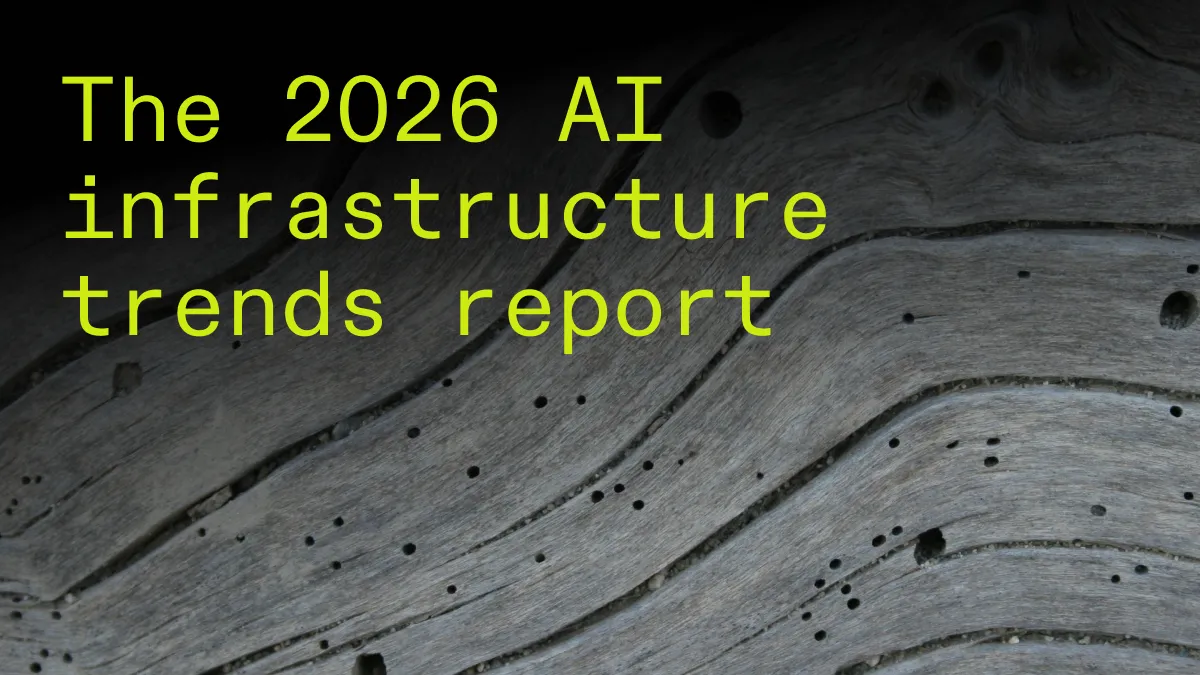“Responsible AI” should take energy usage into account
Accenture defines Responsible AI as, "the practice of designing, developing, and deploying AI with good intention to empower employees and businesses, and fairly impact customers and society — allowing companies to engender trust and scale AI with confidence." At Crusoe, we take Responsible AI one step further adding a responsibility for the energy usage and environmental impacts associated with these large and complex workloads.

As we’ve seen over the last several months, AI creates unprecedented opportunities for businesses, but also brings with it incredible responsibility. Its potential to change and impact people’s lives has raised considerable questions around AI ethics, data governance, trust, and legality. As companies scale up the use of generative AI to drive innovation and benefit from the tool, we also need to be mindful of the various implications of this new technology — and that is Responsible AI.
Accenture defines Responsible AI as, "the practice of designing, developing, and deploying AI with good intention to empower employees and businesses, and fairly impact customers and society — allowing companies to engender trust and scale AI with confidence." At Crusoe, we take Responsible AI one step further adding a responsibility for the energy usage and environmental impacts associated with these large and complex workloads.
AI is Energy-Intensive
One of the driving forces behind the widespread adoption of AI is the tremendous growth in computing power. Graphics processing units (GPUs), widely utilized for AI training and inference, have seen a remarkable increase in their capabilities, tripling their computing power in just 18 months; however, that comes with a massive increase in energy required to run them — more than double what it was two years ago.
AI models are evolving at an even faster pace and training these models takes a huge amount of computational power. The number of parameters (one way of measuring the complexity of models) in the latest large language models has skyrocketed from around 100 million in 2018 to several hundred billion. GPT-3, the model used by OpenAI for ChatGPT, has 175 billion parameters, and NVIDIA's Megatron has 575 billion. GPT-4, which launched in March 2023 is assumed to be even larger and thus more energy intensive. The next generation of training algorithms being designed today claim an excess of 100 trillion parameters. These models require thousands (if not tens of thousands) of GPUs running over the course of several months, in addition to high performance network interconnects and petabyte scale storage systems.
While neither OpenAI nor Google have shared the costs associated with training their models or running their products, University of California, Berkeley, estimated that training GPT-3 resulted in the emission of 552 metric tons of carbon dioxide equivalent (mtCO2e) — an amount equivalent to single person flying between San Francisco and New York 550 times. It's important to note that these estimates only take into account the training of AI models, which is usually only 10% to 20% of overall computing needs.Between training, fine-tuning and re-training, and inference, the energy usage adds up.
The market for AI applications is growing rapidly; by 2030, revenues from AI are estimated to grow to over US$1.5 trillion and have a US$15.7 trillion impact on the global economy; however, like with any progress, it's essential to ensure that its downsides do not outweigh its benefits. In short, we need more Responsible AI and that means being responsible in how we assess and mitigate the environmental impact of this major technological advancement.
Being Responsible for the Environmental Impact of AI
It is possible to do both. Innovation requires energy, and as advances in AI have shown, extraordinary innovation requires extraordinary amounts of energy. Innovators can’t afford to ignore their negative environmental impacts or attempt to greenwash their efforts; which is where Crusoe comes in.
Crusoe mitigates the environmental impact of innovation through climate-aligned solutions that capture wasted energy for power and is empowering innovators to solve the world's biggest challenges with climate-aligned computing infrastructure with Crusoe Cloud platform. Crusoe has pioneered innovative infrastructure that utilizes stranded, wasted or clean energy — methane being flared or excess production from clean and renewable sources — to power the compute resources we need to drive our shared progress and reduce its environmental impact.
Crusoe Cloud is focused on the most energy intensive computing applications, including machine learning model training and inference. By using otherwise wasted energy resources to power our data centers, we are reducing gas flaring and methane emissions, while also displacing the electricity required for these compute workloads from the energy grid. With Crusoe Cloud, you can utilize high-performance computing in a way that actually improves the environment, helping to drive humanity's shared progress.
AI has quickly become one of the most pervasive and powerful tools humanity has ever created. But as with other breakthrough technologies that have led to both positive and negative outcomes; hence, it is imperative we approach and use it wisely and responsibly. As we kick off Earth Month this April, it is a good reminder to be responsible for the environmental impact of innovation and lean into the solutions that will help power us into the future.
Crusoe Cloud is the world's first carbon-reducing cloud platform, providing the highest performance cloud compute at the lowest cost. Crusoe Cloud is currently in private alpha; join our waitlist to reduce your carbon footprint and compute costs today!



